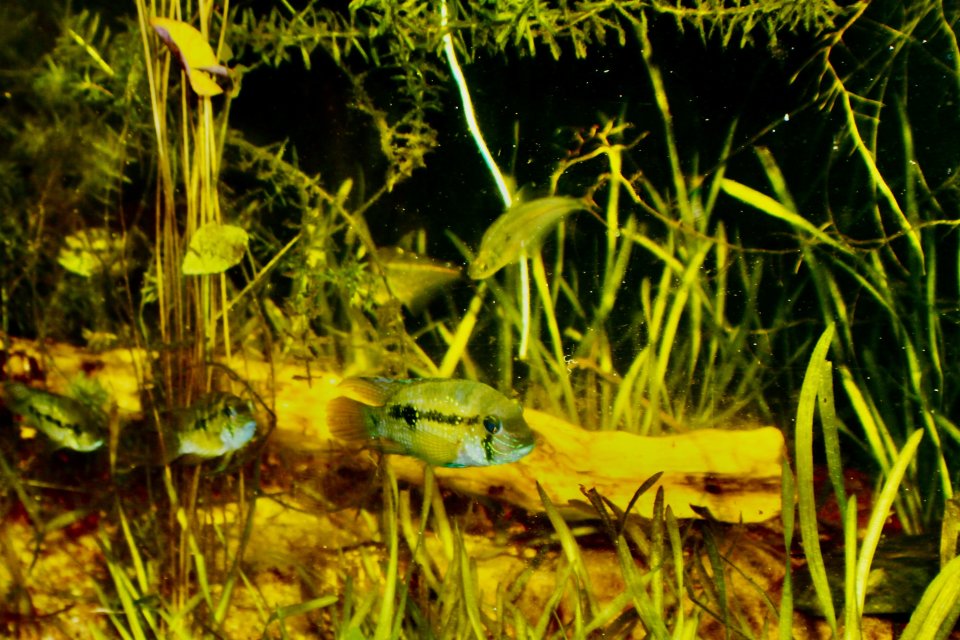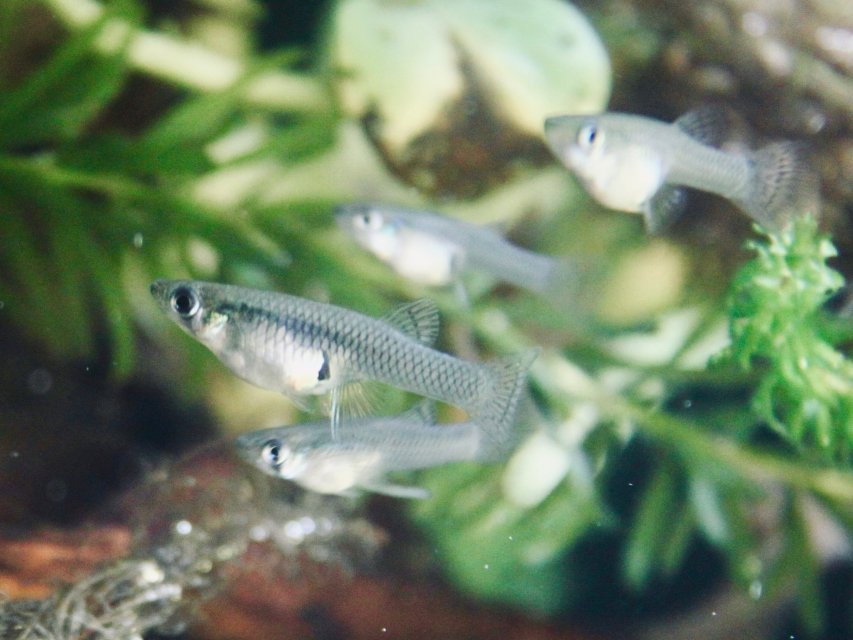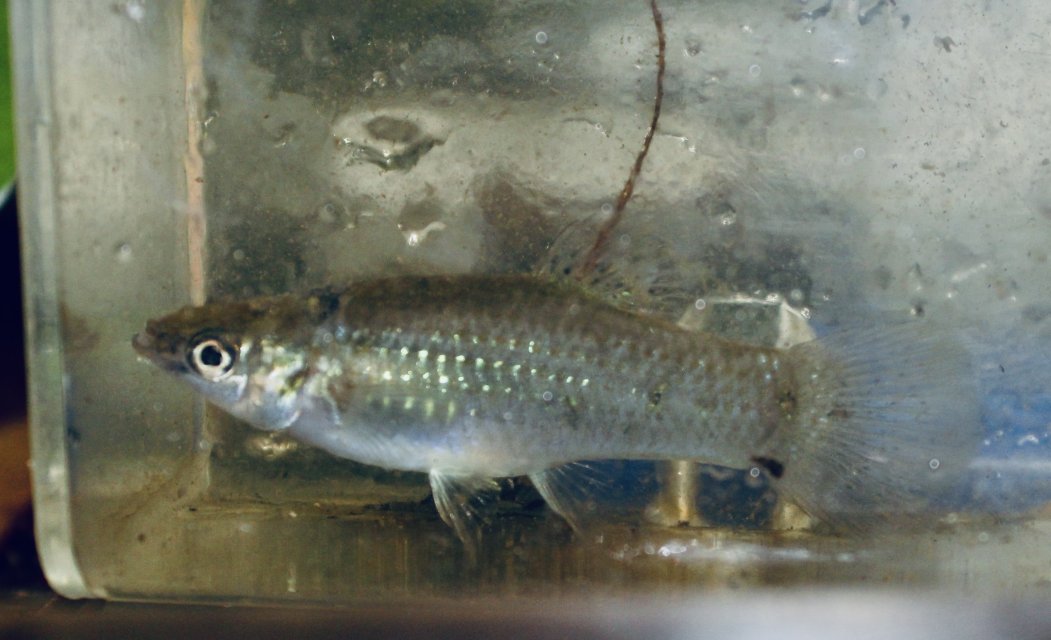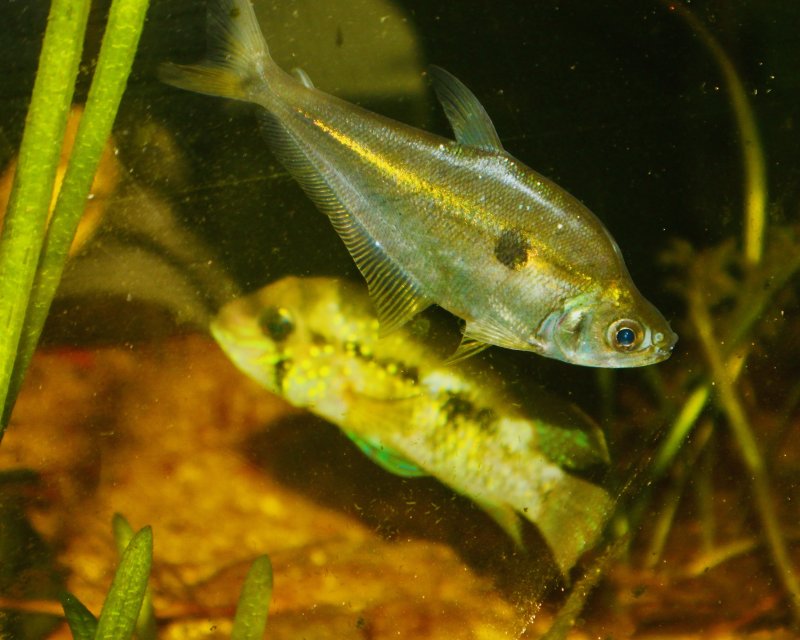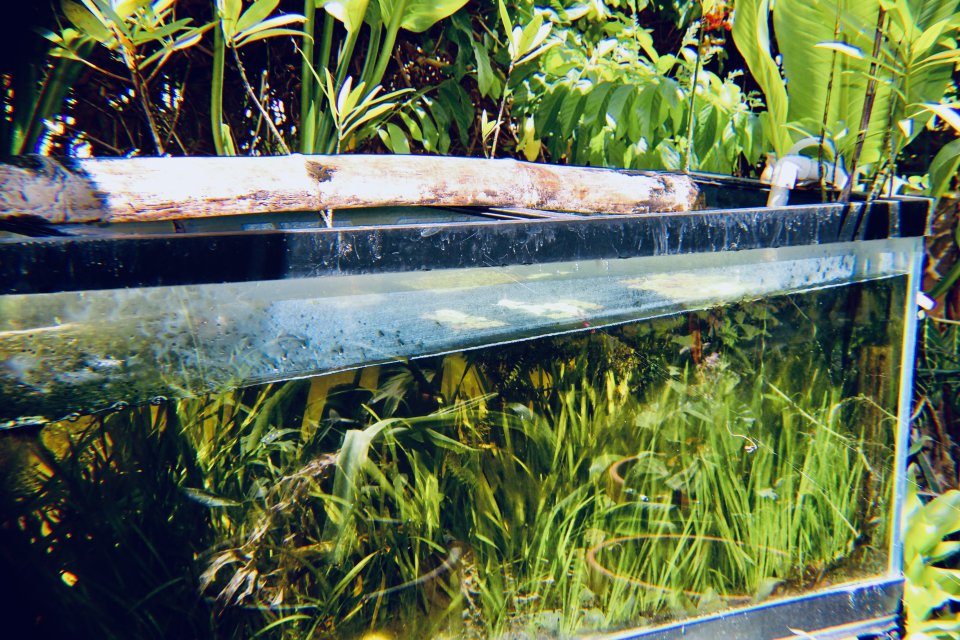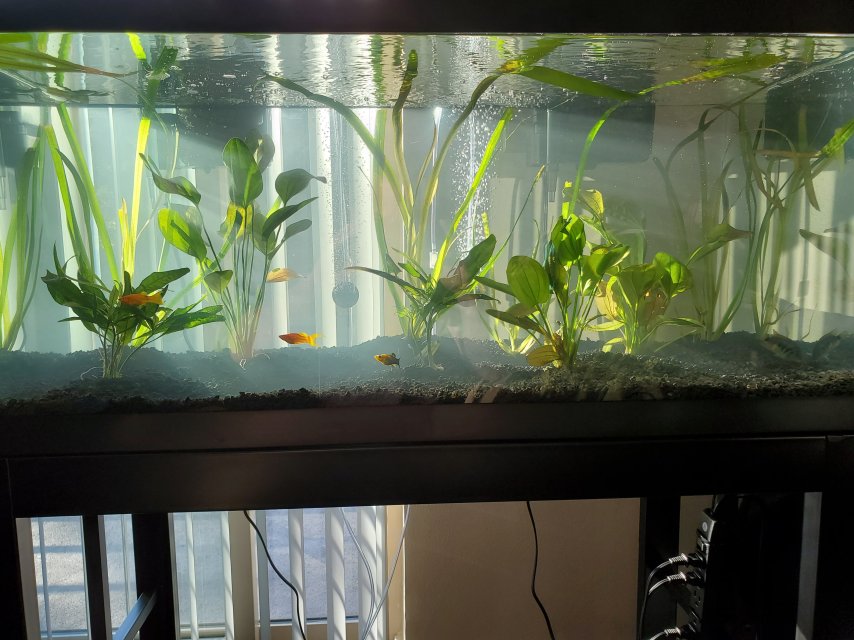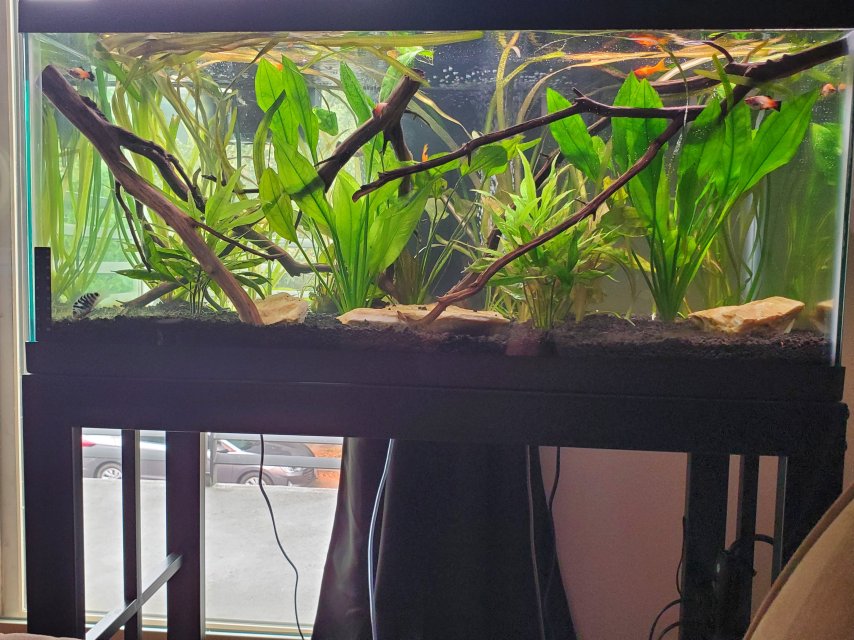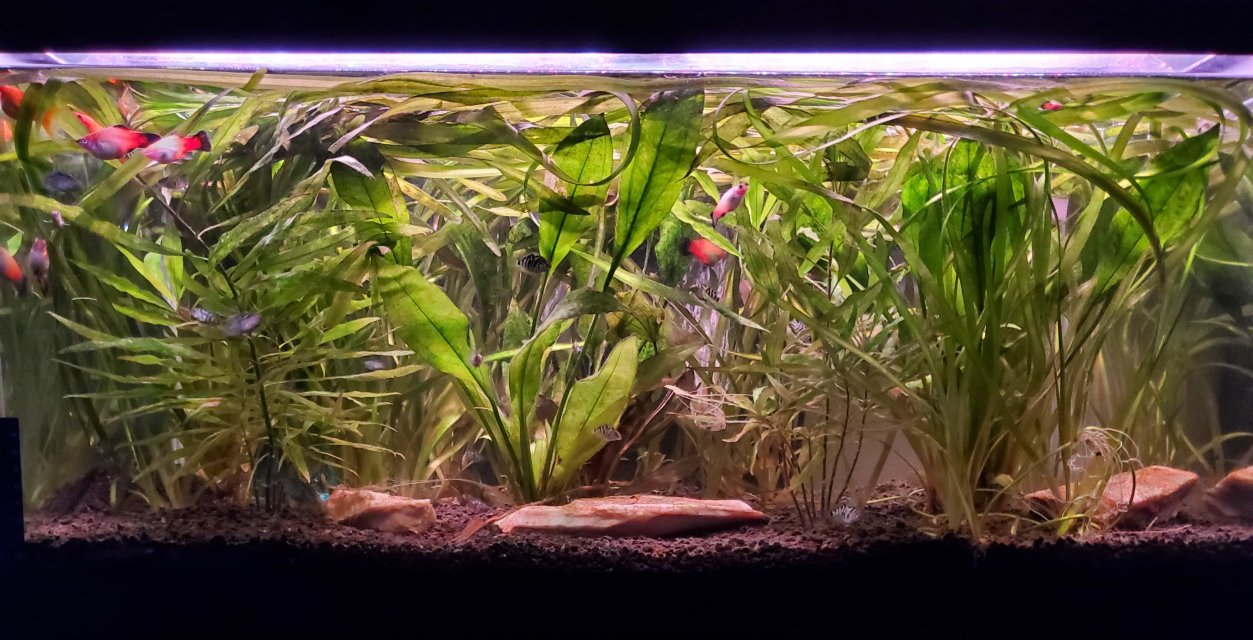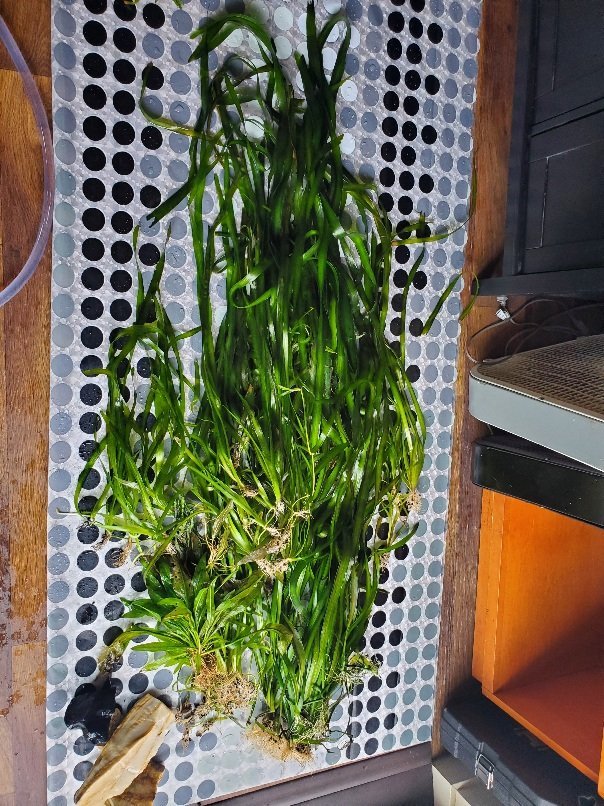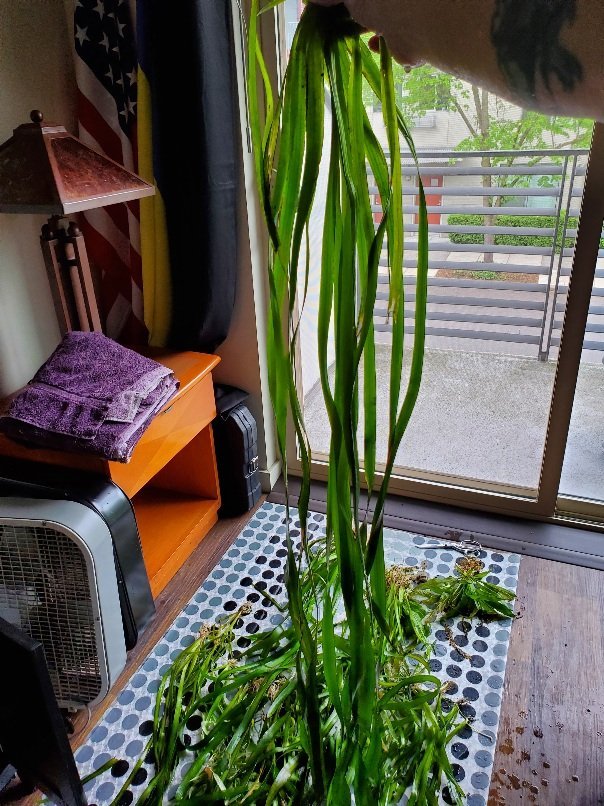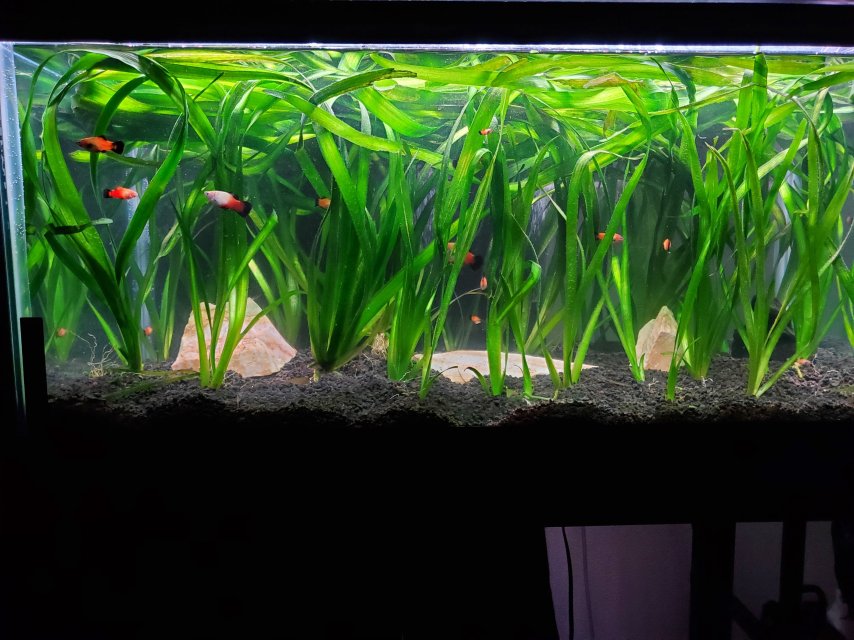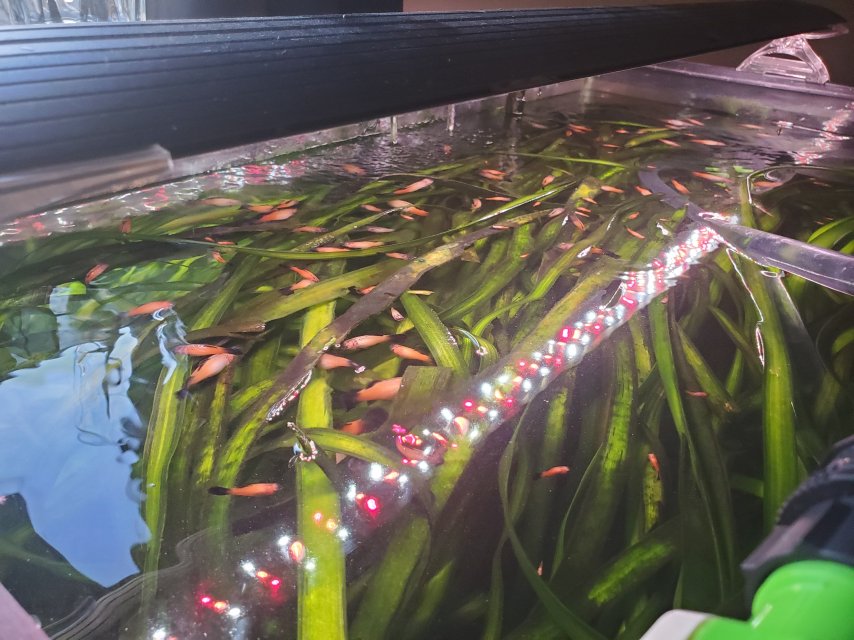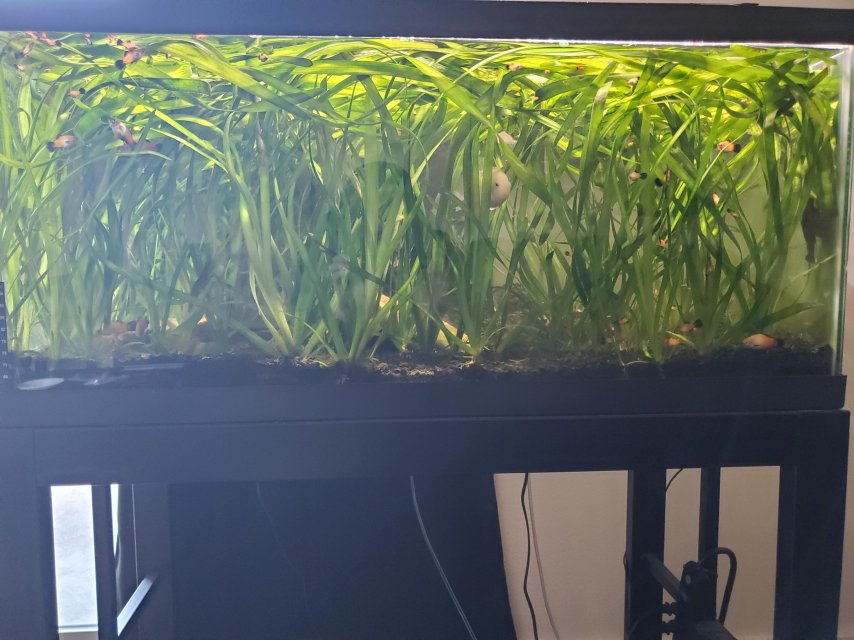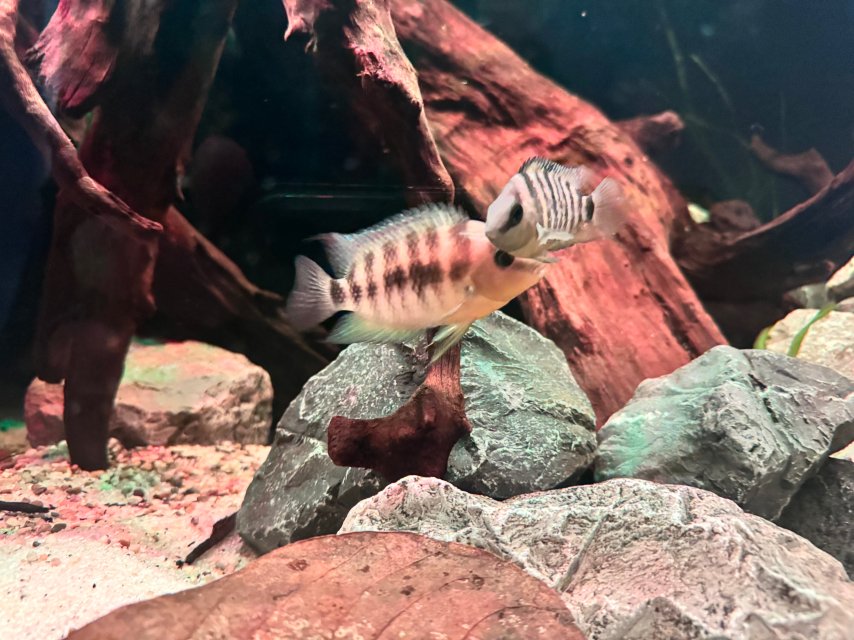Thanks for the elaborate repsonses gents!
 duanes
I am cycling the tank and thinking of doing something similar in the sump with guppy grass (and some leftover valisneria i need to give a space), I am now contemplating mangroves as well cause what you did is on another level of cool. (See attached pics the available space in sump at 50x40x30 cms roughly)
duanes
I am cycling the tank and thinking of doing something similar in the sump with guppy grass (and some leftover valisneria i need to give a space), I am now contemplating mangroves as well cause what you did is on another level of cool. (See attached pics the available space in sump at 50x40x30 cms roughly)
Also could I scale down the fish by means of selecting other species in order to achieve the same dynamic at a smaller scale? Poecilia reticulata and wild type blue acaras seem to have more adequate size for example… Any other suggestions of species combinations? I have quite neutral tap at 7.4ph 5gh and 8kh, also have a RO/DI unit if needed for SA species when some interesting combination’s native range requires so.
Cheers and many thanks,
Daan
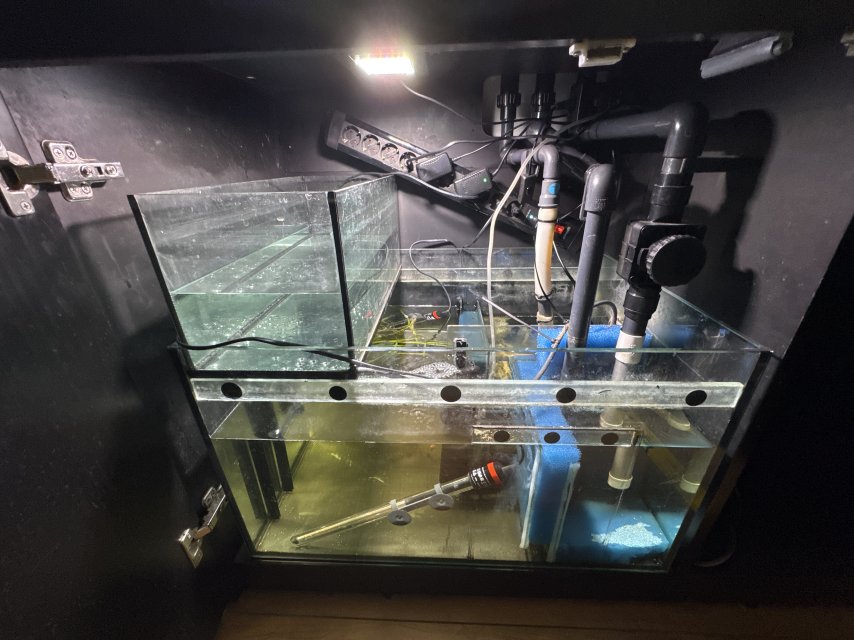

Also could I scale down the fish by means of selecting other species in order to achieve the same dynamic at a smaller scale? Poecilia reticulata and wild type blue acaras seem to have more adequate size for example… Any other suggestions of species combinations? I have quite neutral tap at 7.4ph 5gh and 8kh, also have a RO/DI unit if needed for SA species when some interesting combination’s native range requires so.
Cheers and many thanks,
Daan




